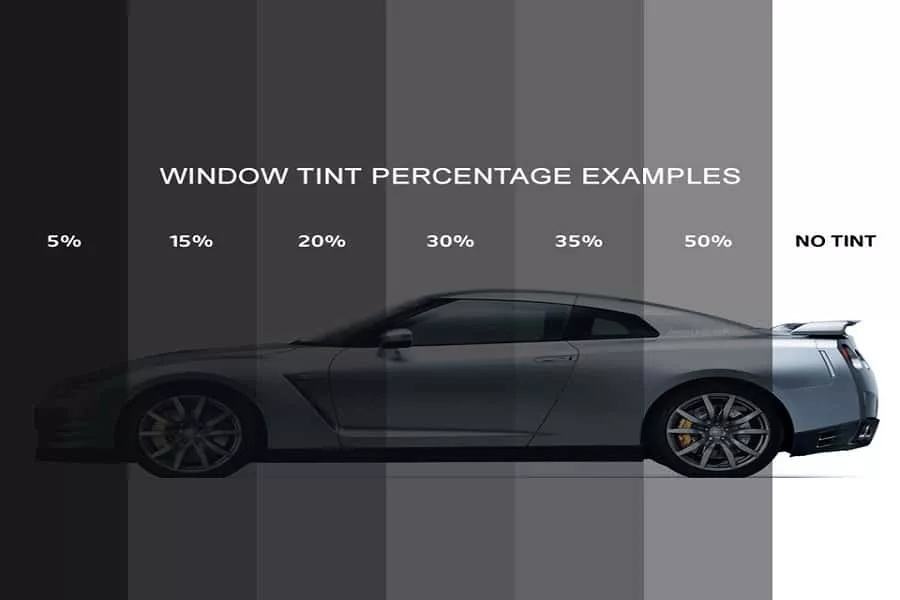In-Depth Guide to Ontario’s Window Tint Laws and Medical Exemptions
Introduction to Window Tinting:
Window tinting refers to the application of a thin laminate film on the glass of vehicles, aimed at reducing the influx of heat and sunlight. This modification not only elevates privacy but also ensures a more temperate and comfortable cabin environment.
Ontario’s Stance on Window Tint:
In Ontario, the application of window tint must comply with specific visibility standards as stipulated by the Highway Traffic Act to ensure the driver’s visibility is not compromised.
Here’s a detailed look at the legal requirements:
| Window Position | Legal Light Transmission | Additional Notes |
|---|---|---|
| Windshield | Must allow 70% light | Tinting is permitted only on the top 15cm. |
| Front Side Windows | Must allow 70% light | No reflective or mirrored appearance. |
| Rear Windows | No restriction | External mirrors on both sides required. |
Navigating Medical Exemptions:
For individuals with specific medical conditions that necessitate protection from sunlight, Ontario provides a medical exemption. To legally tint windows beyond the standard limits, an official ‘Permission for Window Tint’ document must be acquired from the Ministry of Transportation, contingent upon a physician’s recommendation.
Enhanced Information:
- Application Process for Medical Exemption: Applicants need to submit a detailed form, accompanied by medical documentation, to the Ministry of Transportation. This exemption is subject to review and renewal to ensure continued compliance with medical needs.
- Penalties for Non-Compliance: Non-adherence to these guidelines can result in fines and demerit points. It’s crucial to ensure that any window tinting does not obstruct the driver’s view, as outlined by law.
- Safety Considerations: Beyond compliance, the primary objective of these regulations is to safeguard all road users by ensuring that drivers have unimpeded visibility, especially under low-light conditions.
Conclusion:
Understanding and adhering to Ontario’s window tinting laws and exemptions is vital for all vehicle owners. The legal framework ensures safety on the roads while accommodating those with valid medical needs. Always consult with a tinting professional and, if applicable, your healthcare provider to navigate these regulations effectively.
#OntarioWindowTintLaw #MedicalExemption #SafeDriving #VehicleTinting
